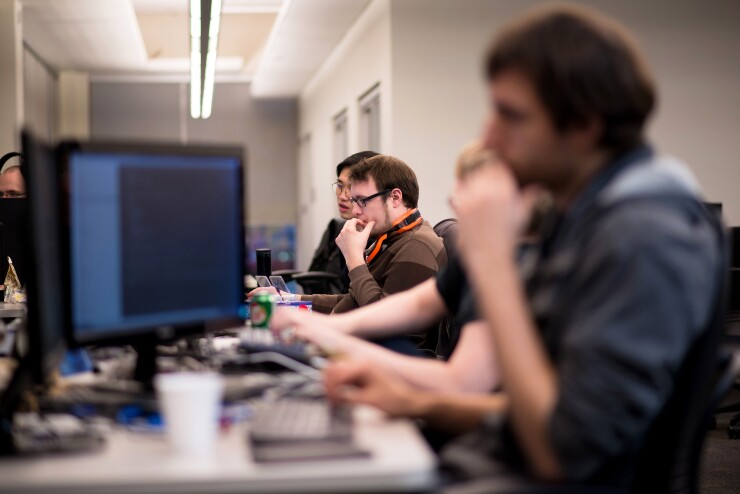Enterprise IT is experiencing a seismic shift that’s both technical and cultural, and companies need systems without boundaries that are adaptable and “radically human” to thrive and innovate at scale.
That is one of the findings of a new report from outsourcing and consulting firm Accenture. According to the firm, many companies today are hindered by a patchwork of applications and talent trained for yesterday’s technology. At the same time, they find themselves surrounded by a rapidly evolving competitive playing field shaped by technology including practically infinite computing power; a nonstop flow of data and countless new uses of artificial intelligence (AI) and Internet of Things (IoT) technologies.
The current style of IT is not suited to constant and accelerating change, the study said, an organizations need to evolve to approaches that are more experimental, agile, and resilient. This requires new ways of thinking, working and innovating, with a workforce that adapts to the relentless pace of change.

Organizations should no longer think of their applications, infrastructure, and employees as discrete, standalone entities, but as interconnected systems.
“Companies are facing an achievement gap when it comes to innovation,” said Bhaskar Ghosh, group chief executive at Accenture Technology Services. “They are investing in it and succeeding in pockets, but struggle to achieve repeatable success across their enterprise.”
Instead, they need systems that allow them to unlock value currently trapped by legacy systems and processes, Ghosh said. “The result is future-ready systems formed by combining applications, data, and infrastructure, along with talent strategies based on human plus machine collaboration and supported by an extensive ecosystem, he said.”





